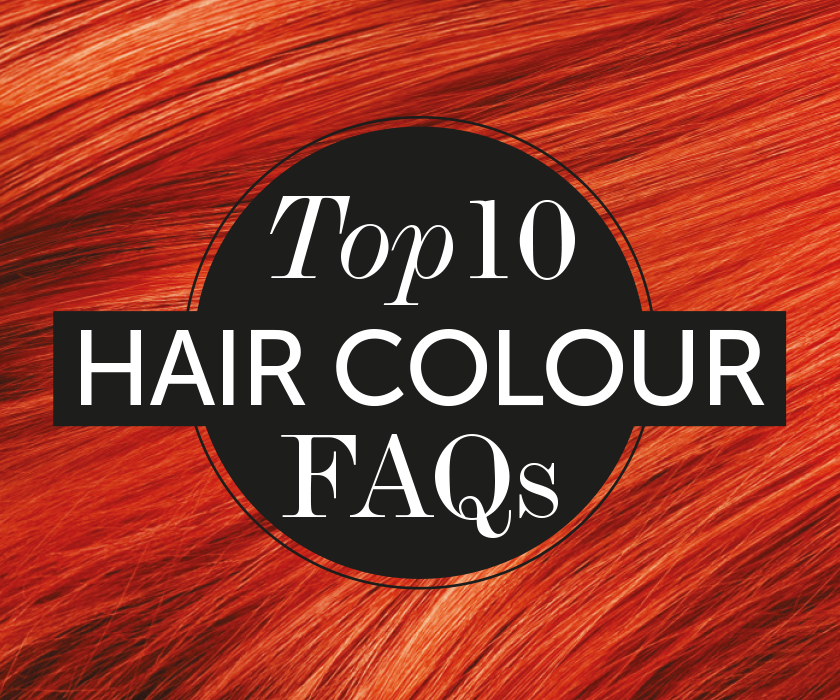
With your average client getting more and more colour savvy, we’ve rounded up some of the most commonly asked questions that you might get asked in the salon.
1. Why do blondes sometimes go green?
Blonde hair doesn’t contain a lot of colour pigment, and it is generally more porous than other hair colours, which leaves it susceptible to absorbing whatever it is soaked in. When you are in the swimming pool, it is the oxidisation of copper and iron in the water (caused by the chlorine) which can leave blonde hair with a nasty green tinge! Think of it as a similar reaction to rain creating rust!
2. What makes red hair fade?
As a general rule, the colour pigment for red is a smaller molecule than other colours, and therefore it fades quicker, especially if it’s exposed to the sun as it will bleach and soften. Most colour brands offer an intense red family, which should give you longer lasting colour results.
3. Celebrities are always changing their hair – is it possible to colour your hair too much?
As long as the hair is coloured professionally and the client maintains its condition correctly in between treatments, then there should be no damaging effects of regular colouring. Offer clients advice on what products they should be using at home to maintain their colour – this is a great opportunity to promote your retail ranges!
4. Is there a difference between professional and high street colour?
Professional colour is just that – it is used by a professional who will be experienced in creating the perfect blend of colour for the client, taking into account a number of factors such as what base colour you are starting from, and what colour is already on the hair. High street colour is a convenient and cheap way to colour hair, but it does come with a risk – it’s a one-for-all solution and doesn’t come with professional expertise.
5. Is aftercare really that important?
During the colour process chemicals are used to open the cuticle, which allows the colour molecule to penetrate the cortex and swell in size so that it becomes trapped. In order to keep up the colour result and lock in the pigment, the cuticle needs to be closed again. For the first 2 weeks after any colour treatment the hair is very vulnerable, and so the correct aftercare is really important to maintain a long lasting colour result.
6. How important is a skin test?
Read this blog and you will see just how important it is!
Manufacturers recommend that a skin test should be conducted 48 hours before any colour treatment, and for a salon it is essential for insurance purposes. Conduct regular skin tests on existing clients too, as clients can develop an allergy at any time.
7. What causes an allergic reaction?
An allergy is the body’s reaction to a harmless substance that it has identified as being harmful. The body responds by making antibodies, which are ready to tackle the substance if it enters the body again.
8. Is it better to colour hair before or after a holiday?
It is always best to colour hair after a holiday – the sun and the pool can wreak havoc on freshly coloured hair! Also, if your client is holidaying somewhere hot and exotic, the change in conditions can leave hair dry, dull and brittle – so it’s always best to get them to check in after their trip for a recondition with their colour.
9. Do environmental aggressors really affect my hair?
Yes! It can cause fading, dryness and split ends. If a client comes in with damaged hair, make sure to talk to them about aftercare and what can be done to improve the condition of the hair at home.
10. Can pregnant clients have their hair coloured?
This is a really common question, but yes it is safe to colour hair during pregnancy or when breastfeeding. It’s natural to be apprehensive about colouring your hair during this anxious time, but as long as the normal procedures are carried out (e.g. Allergy test 48 hours before), then the normal rules still apply.


